Low Pressure Molding
Low Pressure Molding Values
at a Glance
Protection against the Environment
Waterproof
Strain Relief
Impact and Vibration
Chemical Resistant
Weight Reduction
"Green" technology, No VOC & Low Waste
Cost Effective
Low Pressure Molding –
Improved Design Flexibility
Low Pressure Molding –
The Best Option for Part
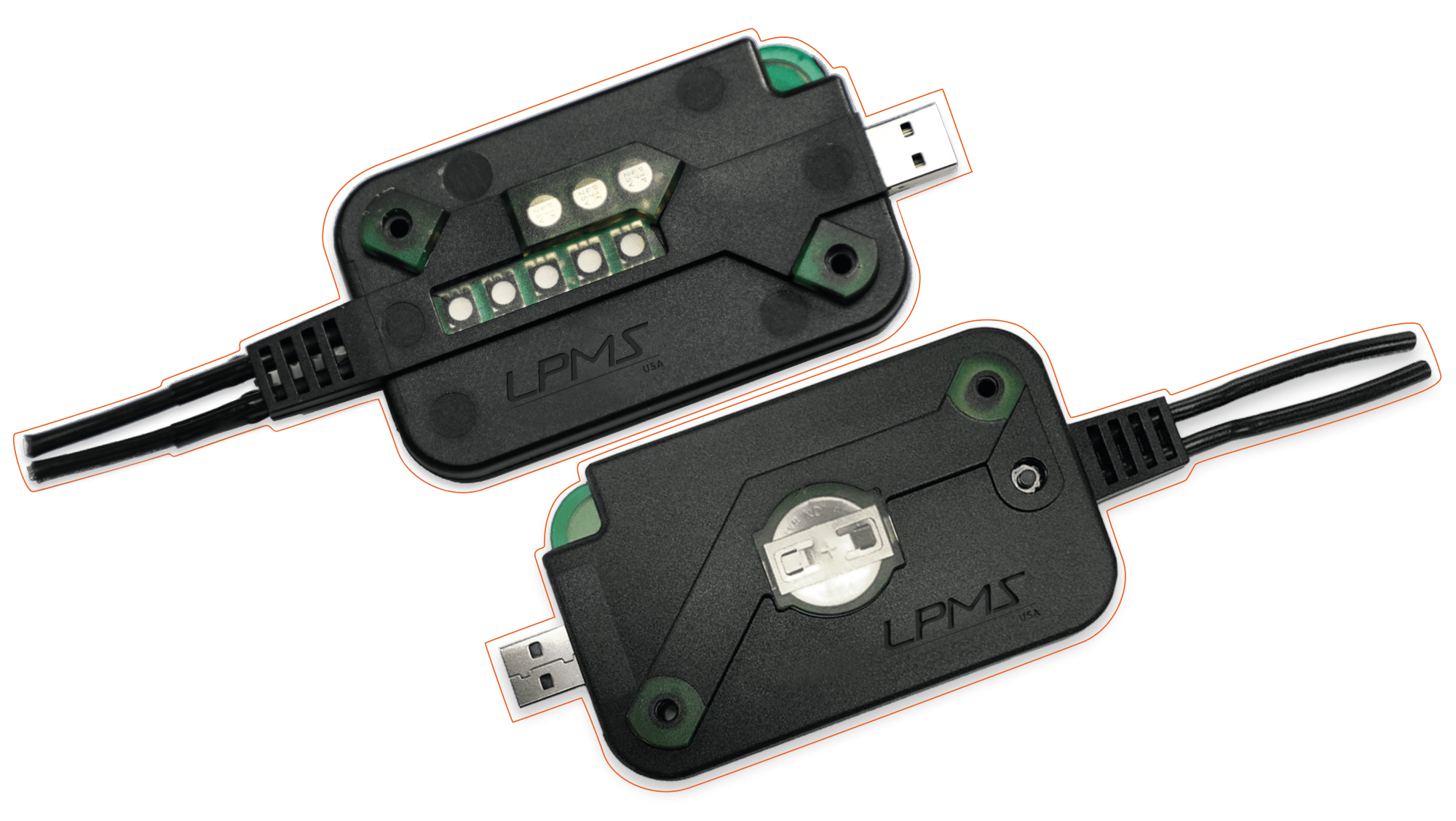
Skylining
Material wraps the contours of components – with a minimum thickness of 1mm – encapsulating the PCB and reducing material usage through skylining.
Single-part, No-cure Materials
Hot melt thermoplastic that does not require mixing or curing.
Sustainable Materials
Low pressure molding materials are thermoplastics derived from plant-based fatty acids, are VOC free and REACH/RoHS compliant. The materials can be reworked and waste is
recyclable.
Custom-material Options
LPMS USA’s custom Spectra-Melt line incorporates additives and low-density fillers to enhance material properties, such as color, optical clarity, UV resistance and thermal stability.
Strain Relief
Mechanically bonds to protect wires and cables to provide a waterproof seal. LPMS USA offers wire and cable processing and attachment prior to overmolding.
Overmolds Multiple Materials
LPMS USA’s dual-nozzle equipment platforms inject multiple materials at the same time, providing multiple PCB protection options.
Eliminates Housing
Low pressure molding materials become the housing, reducing cost, part numbers and inventory.
Bushings for Mounting
Compression-limiting bushings can be molded in place for parts mounting.
Embossing/Debossing
LPMS USA’s mechanical design engineers can integrate logos, part numbers and time stamps into the material.
Overmolds Batteries
Encapsulates and protects batteries withoutdamage.
Waterproof
Low pressure molding materials provide waterproofing and meet sealing requirements up to IP 69.
Shut Offs
Low pressure molding materials can shut off or mold around sensitive components, while still protecting electronics from moisture.
One Solution Provides
Multiple Protection Benefits
Learn more by exploring the infographic.
Potting Replacemet
• No Housing; fewer part numbers
• Improved aesthetic appearance; skylining
• Design flexibility, beyond form-fit-function
• Weight reduction
• Fast processing, short cycle times
• Watertight encapsulation
• No cure
• Strain reflief
• Reworkable
• Low waste
• No VOC
• Environment, chemical, moisture, thermal protection
• Suitable for batch processing
• New IPC standard published
Sealing Replacemet
• No Housing; fewer part numbers
• Improved aesthetic appearance
• No cure
• Moisture and chemical protection
• Electrical isolation
Conformal Coating Replacemet
• Temperature, vibration, impact and chemical-restart material
• Environmental protection (85°C/85%RH) available materials
• No cure
• Green technology
• Suitable for in-line processing
• Ne IPC standard published
Low Pressure Molding – Simplified Manufacturing Process
- Reduce your manufacturing steps (See Infographic)
- Reduce weight for your part
- Reduce your cycle time per part
- Reduce your material consumption
- Reduce your equipment & operations footprint
- Reduce your total cost of ownership
Low Pressure Molding –
Simplified Manufacturing Process
Traditional Potting Process Flow
Mold Plastic Housing
Parts to Assembly
Insert Electronics
Parts Preheating
Potting Dispense
Vacuum or Settle
Oven Cure
Parts for Test
Low Pressure Molding Process
Insert Electronics
Mold
Test Device
Protect with Low Pressure Molding –
it’s that simple.
Formulated Adhesive
Molding Resins
High-performance polyamide, polyolefin, and co-polyester materials
Thermoplastic materials, UL 94 V-0
80% of raw materials are based on renewables
No harmful fumes from molding process
Application viscosity from 1,000 to 10,000 cps
Application Pressure from 20 to 500 psi
Performance temperatures from -65°C to 200°C
Excellent adhesive properties to variety of substrates
Solvent-free, no safety labels
Long shelf life (2+ years)
RoHS and REACH complaint
Low Pressure Molding Compared
to High Pressure Injection Molding
| High Pressure Injection Molding | Low Pressure Molding | |
| Pressure | 25,000 PSI | 100 PSI |
| Temperature | 185–300+°C | 180–220°C |
| Material Viscosity | 5 grams over 10 min Melt Flow Rate
• Taffy
|
2,000–10,000 mPa•s (cP)
• Pancake syrup
|
| Applications |
• PCB Housings
• Tooth Brushes
• Bottle Caps
• Pocket Combs
• Plastic Parts
|
• PCBs
• Sensors
• Switches
• Batteries
• Connectors
|
| Equipment | Injection Molding Machine
• Screw barrel system
|
Low Pressure Molding Machine
• Gear pump system
|
| Clamping Pressure | 28–1,000 tons | 1–10 tons |
| High Pressure Injection Molding | |
| Pressure | 25,000 PSI |
| Temperature | 185–300+°C |
| Material Viscosity | 5 grams over 10 min Melt Flow Rate
• Taffy
|
| Applications |
• PCB Housings
• Tooth Brushes
• Bottle Caps
• Pocket Combs
• Plastic Parts
|
| Equipment | Injection Molding Machine
• Screw barrel system
|
| Clamping Pressure | 28–1,000 tons |
| Low Pressure Molding | |
| Pressure | 100 PSI |
| Temperature | 180–220°C |
| Material Viscosity | 5 grams over 10 min Melt Flow Rate
• Taffy
|
| Applications |
• PCB Housings
• Tooth Brushes
• Bottle Caps
• Pocket Combs
• Plastic Parts
|
| Equipment | Injection Molding Machine
• Screw barrel system
|
| Clamping Pressure | 28–1,000 tons |
Combined low pressures
and short cycle times
Temperature and injection time
Low Pressure
Molding Setup:
425°F (218 °C)
Mold set temperature:
70°F (21°C)
Cylindrical PCB over mold:
0.5” x 2.5” (1.27 cm x 6.35 cm)
Strong protection
Protection Ratings
| First Number: protection against solids |
Definition | Second Number: protection against liquids |
Definition |
| 0 | No protection | 0 | No protection |
| 1 | Protected against solid objects over 50 mm (e.g. accidental touch by hands) | 1 | Protected against vertically falling drops of water |
| 2 | Protected against solid objects over 12 mm (e.g. fingers) | 2 | Protected against direct sprays up to 15° from vertical |
| 3 | Protected against solid objects over 2.5 mm (e.g. tools and wires) | 3 | Protected against direct sprays up to 60° from vertical |
| 4 |
Protected against solid objects over 1 mm (e.g. tools, wires and small wires)
|
4
|
Protected against direct sprays from all directions – limited ingress permitted
|
| 5 | Protected against dustlimited ingress (no harmful deposit) | 5 | Protected against low pressure jets of water from all directions – limited ingress permitted |
| 6 | Totally protected angainst dust | 6 | Protected against strong jets of water (e.g. for use on shipdecks – limited ingress permitted) |
| 7 | Protected against the effects of temporary immersion between 15 cm an 1 m, Duration of test 30 min. | ||
| 8 | Protected against long periods of immersion under pressure |
| First Number: protection against solids |
Definition |
| 0 | No protection |
| 1 | Protected against solid objects over 50 mm (e.g. accidental touch by hands) |
| 2 | Protected against solid objects over 12 mm (e.g. fingers) |
| 3 | Protected against solid objects over 2.5 mm (e.g. tools and wires) |
| 4 |
Protected against solid objects over 1 mm (e.g. tools, wires and small wires)
|
| 5 | Protected against dustlimited ingress (no harmful deposit) |
| 6 | Totally protected angainst dust |
| Second Number: protection against liquids |
Definition |
| 0 | No protection |
| 1 | Protected against vertically falling drops of water |
| 2 | Protected against direct sprays up to 15° from vertical |
| 3 | Protected against direct sprays up to 60° from vertical |
|
4
|
Protected against direct sprays from all directions – limited ingress permitted
|
| 5 | Protected against low pressure jets of water from all directions – limited ingress permitted |
| 6 | Protected against strong jets of water (e.g. for use on shipdecks – limited ingress permitted) |
| 7 | Protected against the effects of temporary immersion between 15 cm an 1 m, Duration of test 30 min. |
| 8 | Protected against long periods of immersion under pressure |
Protection Levels of
Circuit Board Protection Technologies
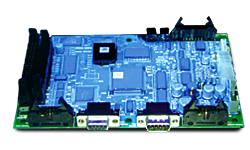
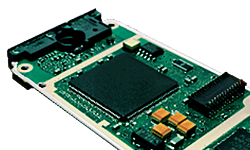
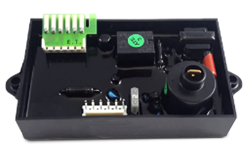
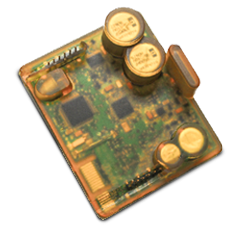
Protection Levels of
Circuit Board Protection Technologies

Conformal Coating
Light mechanical protection

Sealing
IP 65-68 submersion protection

Potting
Robust; wide range/spikes in operating temperatures

Low Pressure Molding
Material and design flexibility (features); vibration dampening; IP 65-68 submersion protection
Waterproofing electronics
Securing Your Electronics from the Elements
Further Topics
Cost Savings Calculator
Our low pressure molding solutions open up great savings opportunities for you. Use our cost savings calculator to identify your individual savings potential.
Get in Touch
LPMS USA
1441 Branding Lane, Suite 110
Downers Grove, IL 60515 USA
Tel: +1 (800) 353-7773
Application Checklist
Tell us about your project, and an LPMS USA representative will contact you directly